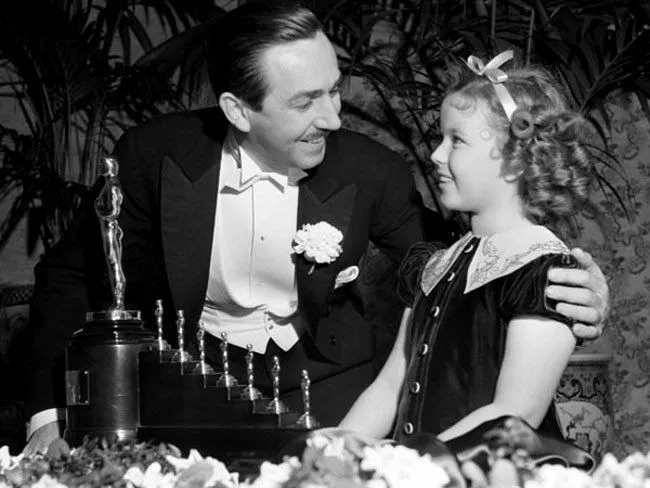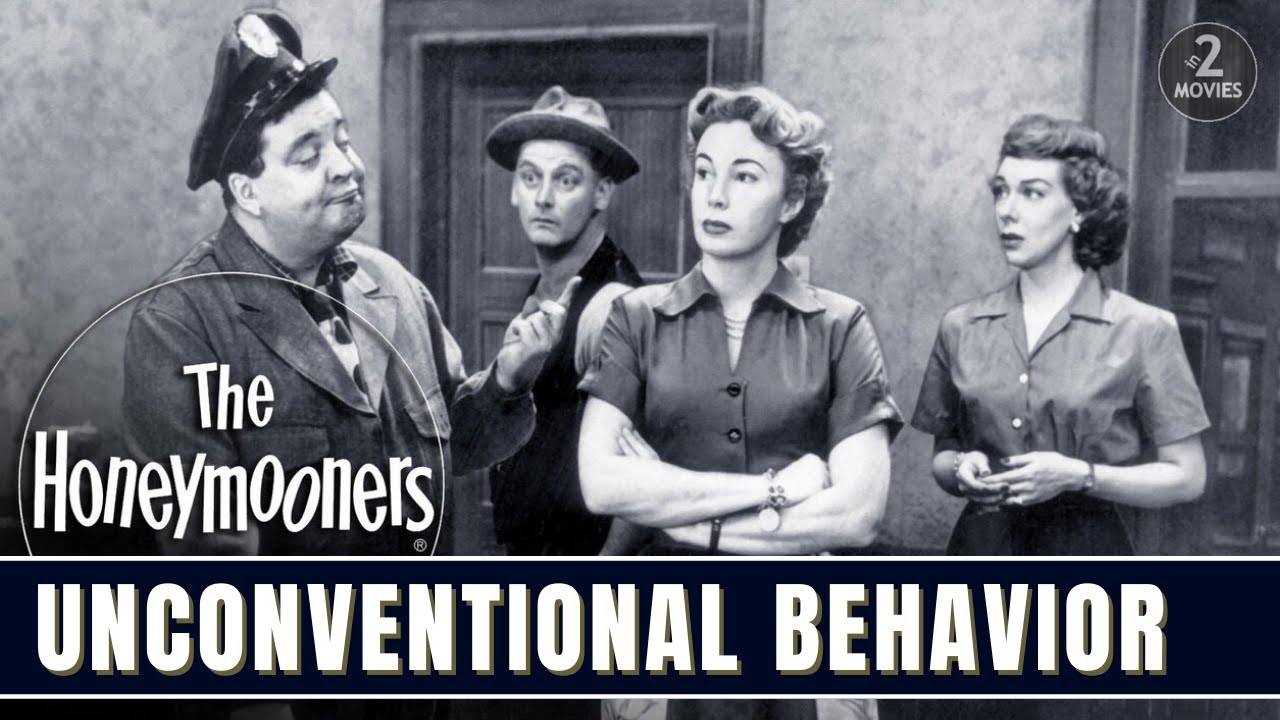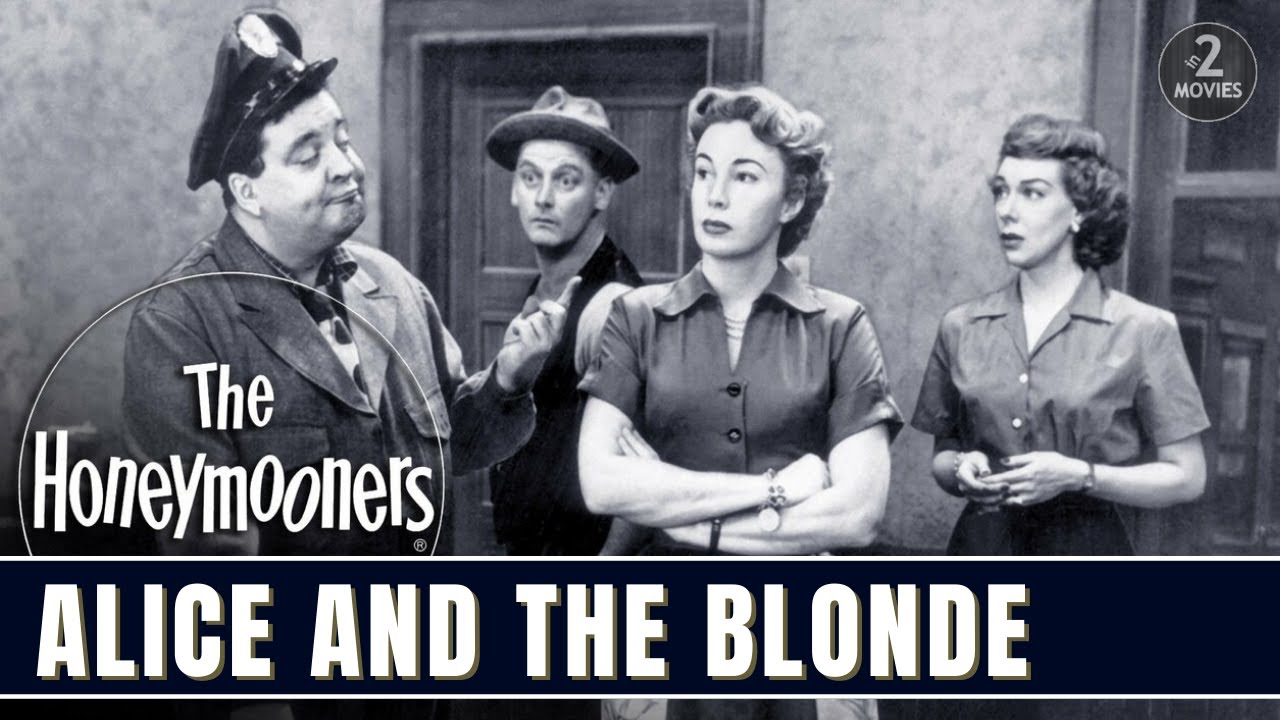The year 1934 was a pivotal moment in Hollywood history. The Great Depression's grip was slowly loosening, and audiences craved escapism and entertainment. In this context, a unique on-screen collaboration brought together three of Hollywood's most beloved stars: Janet Gaynor, Will Rogers, and the rising child star, Shirley Temple.

Janet Gaynor, a silent film icon known for her dramatic performances, was transitioning to sound pictures. Will Rogers, the "Oklahoma Cowboy," was a beloved comedian whose folksy humor and social commentary resonated with audiences across America. And Shirley Temple, a six-year-old bundle of sunshine and tap-dancing talent, was captivating hearts with her infectious charm.
While there's no record of the three starring in a film together, a photograph from 1934 captures their meeting, a glimpse into a Hollywood moment that could have been. Perhaps it was a promotional event for their respective studios, 20th Century Fox (Temple) and Fox Films (Gaynor and Rogers).

The image speaks volumes about Hollywood in that era. Gaynor, resplendent in a glamorous gown, embodies the elegance of the transitioning film industry. Rogers, with his trademark rope and squinting smile, represents the down-home humor that resonated with Depression-era audiences. And Temple, with her bright eyes and infectious grin, is a symbol of youthful innocence and hope.
Their individual careers offer a fascinating study in contrasts. Gaynor, known for her dramatic roles in silent films like "Seventh Heaven" (1927) and "Sunrise" (1927), found the transition to sound challenging. Her voice, deemed unsuitable for the new medium, ultimately led to a premature end to her career.

Rogers, on the other hand, embraced the power of sound. His folksy wisdom and witty observations, delivered in his signature drawl, resonated deeply with audiences during the Depression. He became a cultural icon, offering a voice of reason and humor in a time of hardship.
Temple, a newcomer, was a force of nature. Her precocious talent and energetic tap-dancing routines brought joy to audiences during a bleak period. Films like "Bright Eyes" (1934) and "Stand Up and Cheer!" (1934) showcased her charisma and helped propel her to superstardom.

While their paths didn't necessarily cross on screen in 1934, their careers intersected in broader ways. Gaynor, the fading star of silent films, represented an era of Hollywood that was giving way to the new era of sound pictures. Temple, the rising child star, embodied the future of the industry, a future filled with vibrant musicals and heartwarming stories.
And then there's Rogers, the bridge between the two eras. His career thrived in both silent and sound films, offering a comforting sense of familiarity during a time of great change. He may not have shared the screen with Gaynor or Temple, but his presence in 1934 Hollywood symbolizes the industry's evolution and its enduring ability to entertain and connect with audiences.

The photograph of these three stars is a reminder of Hollywood's fleeting nature. Careers rise and fall, but the legacy of these actors lives on. Gaynor, despite a shortened career, remains a symbol of silent film excellence. Rogers, the "Oklahoma Cowboy," continues to be remembered for his humor and social commentary. And Temple, the iconic child star, reminds us of the power of youthful joy and resilience.
This 1934 moment, though brief, captures the essence of Hollywood – a place where dreams are made, stars are born, and careers intersect in unexpected ways. It's a testament to the enduring power of these performers and the lasting impact they left on American cinema.



